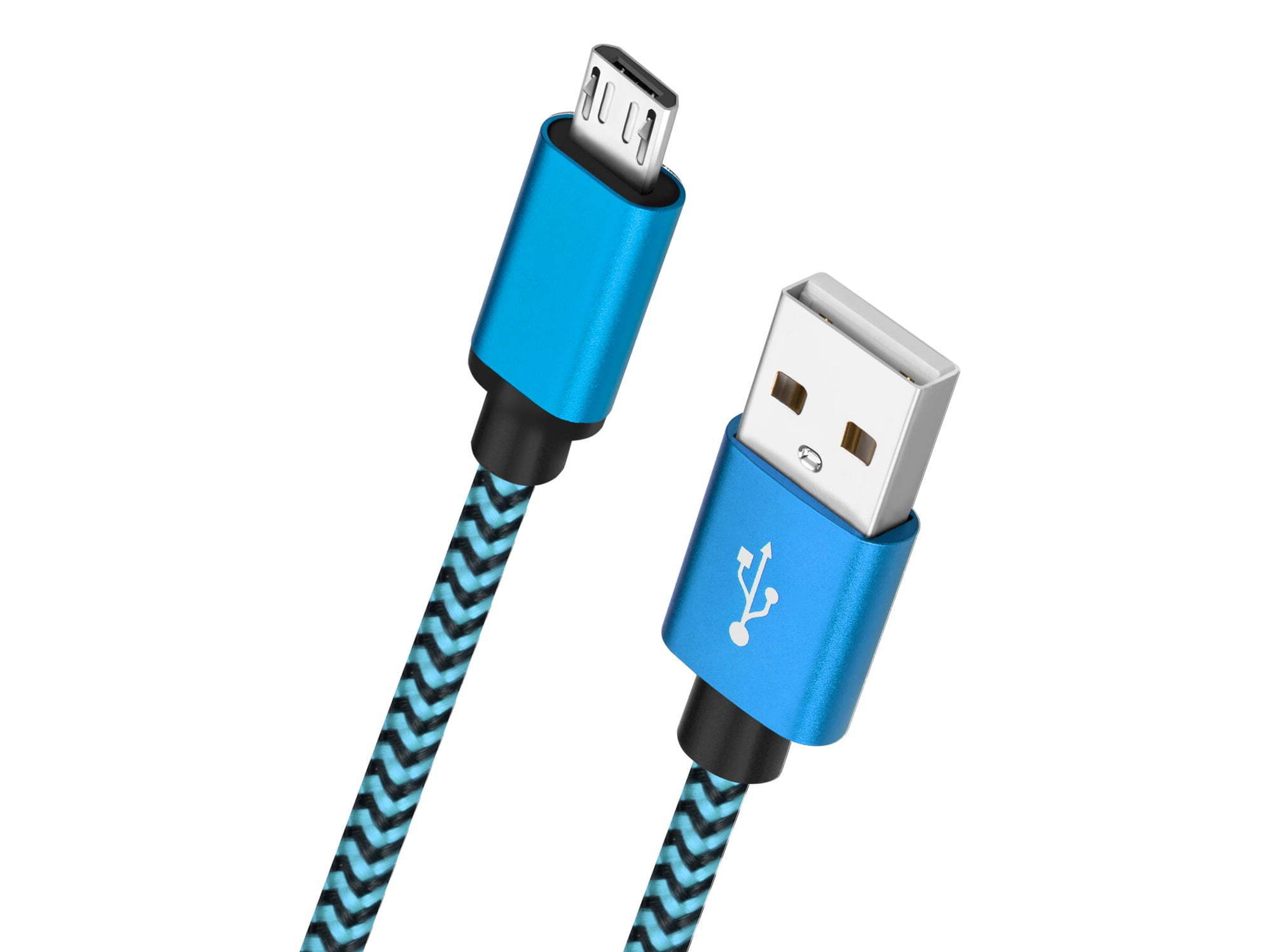
What is the Best Android Charger for Trapezoid-shaped Devices?
When charging your Android device, whether it's a smartphone, tablet, or any other trapezoid-shaped gadget, having the right charger is crucial. The market is flooded with various types of chargers, each with its own set of features and specifications. This article will focus on the best options available for trapezoid-shaped devices.
Understanding Trapezoid-shaped Devices
Before diving into the best chargers, it's essential to understand what trapezoid-shaped devices are. These typically refer to smartphones and tablets with unique designs that do not fit into traditional rectangular or square shapes. The term "trapezoid" describes their shape, which can vary from manufacturer to manufacturer.
Key Features to Look for in an Android Charger
When selecting an Android charger for your trapezoid-shaped device, consider several key features:
- Output Power: Determines how quickly your device will charge. Higher wattage chargers (such as those with 18W, 20W, or even 65W) are generally faster and more efficient.
- Port Types: The type of ports available on the charger is crucial. USB-C chargers are increasingly popular due to their speed and versatility, while USB-A ports are still widely used for older devices.
- Compatibility: Ensure that the charger is compatible with your device's charging protocol. For example, some chargers support Quick Charge (QC), while others support Power Delivery (PD).
- Size and Portability: A compact and lightweight charger is ideal for travel or daily use. Look for chargers that are small in size but pack a punch in terms of power delivery.
- Safety Features: Safety features such as overcharge protection, overheating prevention, and surge protection are essential to prevent damage to your device.
- Warranty and Brand Reputation: A reputable brand with a good warranty can provide peace of mind and ensure that you have a reliable product.
Top Recommendations for Android Chargers
Based on these criteria, here are some top recommendations for Android chargers suitable for trapezoid-shaped devices:
Anker PowerPort III Nano
The Anker PowerPort III Nano is an excellent choice for rapidly charging any phone, including trapezoid-shaped devices. This charger is compact, cost-effective, and can boost a fully depleted phone battery to over 50% in just thirty minutes. It delivers up to 20 W through USB-C, making it ample power to charge most phones halfway in half an hour. Additionally, it supports Apple's MagSafe wireless charging system at 15 W.
Thekin Boost Charge 45W USB-C Wall Charger
For those needing a dual-port charger, the Thekin Boost Charge 45W USB-C Wall is a great choice. This charger features two USB-C ports capable of fast charging and can power two devices simultaneously, including larger ones like an iPad Pro. This makes it an excellent option for users with multiple devices.
AVPower PD30W -Port USB Fast Charger
The AVPower PD30W -Port USB Fast Charger offers high-speed charging for both USB-C and USB-A devices. It delivers up to 30 W through its USB-C port and up to 18 W through its USB-A port, ensuring a fast charge for multiple devices. This charger is ideal for users who need to charge both newer USB-C devices and older USB-A devices simultaneously.
Anker PowerPort 4
For users who need to charge several devices simultaneously, the Anker PowerPort 4 is an ideal choice. This compact charger features four USB-A ports, each capable of delivering a 12 W charge. While it may not offer the fastest speeds compared to USB-C chargers, it is perfect for charging multiple devices at once.
Baseus 65W Two-Type C Charger
Baseus is another brand that offers high-quality USB-C chargers. Their 65W two-type C charger is particularly noteworthy for its small size and good quality cables. It is an excellent alternative to Anker products and offers reliable performance without compromising on safety features.
Statik Durabraid USB-C Cable
Statik Durabraid offers a well-reputed line of 65W+ USB-C chargers/cables that match, if not surpass, the quality of Anker. Their chargers have consistent delivery speed, and the cables exhibit fantastic durability with safety features that avert overheating or overcharging your devices.
Satechi 165W Charger
Satechi's 165W charger is another top recommendation. It features multiple safety certifications and smarter power distribution. It supports both PD and PPS protocols, making it versatile for various devices. The inclusion of Thunderbolt 4 cables ensures compatibility with a wide range of devices.
Additional Considerations
USB-C vs USB-A
When choosing between USB-C and USB-A chargers, consider the type of devices you need to charge. USB-C chargers are generally faster and more versatile, supporting higher wattage outputs and newer charging protocols like PD and QC. However, older devices may only support USB-A ports, making a dual-port charger a practical solution.
Safety Certifications
Ensure that your charger has relevant safety certifications such as UL (Underwriters Laboratories) or ETL (Intertek). These certifications guarantee that the charger meets certain safety standards, reducing the risk of overheating, overcharging, or electrical shock.
Brand Reputation
Choosing a reputable brand can provide peace of mind. Brands like Anker, Baseus, and Satechi have established themselves in the market for producing high-quality chargers with reliable performance and good customer support.
Final Thoughts
Selecting the best Android charger for your trapezoid-shaped device involves considering several key factors including output power, port types, compatibility, size, and safety features. The top recommendations listed above cater to various needs and preferences, ensuring that you find a charger that meets your requirements efficiently. Whether you prioritize speed, compatibility, or portability, there is an Android charger out there designed specifically for your needs.
By understanding the features and specifications of different chargers and choosing one that aligns with your requirements, you can ensure that your device is charged safely and efficiently. Whether you're at home or on the go, having the right charger can make all the difference in keeping your device powered up and ready to use.
